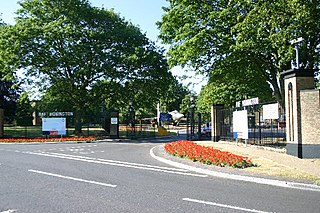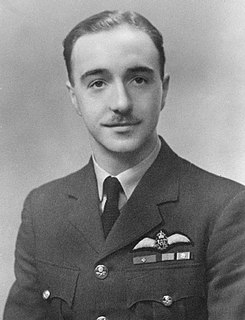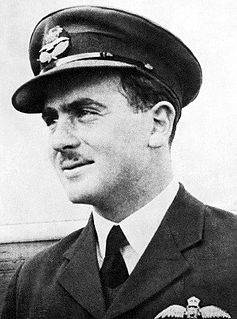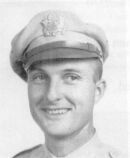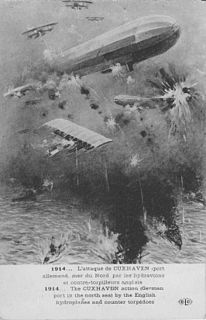| Albert Arthur GM | |
|---|---|
| Service/ | Royal Air Force Volunteer Reserve |
| Rank | Flying Officer |
| Service number | 145518 |
| Awards | George Medal |
Albert Arthur GM was a Flying Officer with the Royal Air Force Volunteer Reserve during World War II. In 1944, he was awarded the George Medal (GM). The citation read: [1]

The George Medal (GM), instituted on 24 September 1940 by King George VI, is a decoration of the United Kingdom and Commonwealth, awarded for gallantry "not in the face of the enemy" where the services were not so outstanding as to merit the George Cross.

The Royal Air Force Volunteer Reserve (RAFVR) consists of a number of groupings of Royal Air Force reservists for the management and operation of the RAF's Volunteer Gliding Squadrons and Air Experience Flights of the Royal Air Force Air Cadets. It also forms the working elements of the University Air Squadrons and the Defence Technical Undergraduate Scheme. Unlike the Royal Auxiliary Air Force, the RAF Volunteer Reserve is not an active reserve from which members may be drawn to supplement the regular air force.

World War II, also known as the Second World War, was a global war that lasted from 1939 to 1945. The vast majority of the world's countries—including all the great powers—eventually formed two opposing military alliances: the Allies and the Axis. A state of total war emerged, directly involving more than 100 million people from over 30 countries. The major participants threw their entire economic, industrial, and scientific capabilities behind the war effort, blurring the distinction between civilian and military resources. World War II was the deadliest conflict in human history, marked by 50 to 85 million fatalities, most of whom were civilians in the Soviet Union and China. It included massacres, the genocide of the Holocaust, strategic bombing, premeditated death from starvation and disease, and the only use of nuclear weapons in war.
One day in February, 1944, an aircraft, carrying a 500 lb. bomb and incendiaries, crashed near a Royal Air Force Station, and immediately caught fire. Flying Officer Arthur, a gunnery instructor, was soon on the scene and, despite the great heat and exploding ammunition, he attempted to rescue the crew. Shortly afterwards he was joined by Flight Lieutenant Spencer, the station medical officer. The wreckage was blazing from end to end and several times these officers were compelled to break off their rescue attempts. Flying Officer Arthur entered the burning aircraft no less than four times, with a handkerchief tied round his nose and mouth. At the fourth attempt, he was driven back by the heat and flames, his eyebrows being burnt off and his right trouser leg and pocket burnt. Flight Lieutenant Spencer stayed close at hand and searched in the wreckage for possible survivors. It was not until the bombs were red hot and Flight Lieutenant Spencer, was certain that the crew must be dead from the heat that these officers abandoned their efforts. They then warned the fire party to withdraw and cleared the area of spectators just before the 500 Ib. bomb exploded. Although the attempts of these officers to rescue the crew were in vain, they displayed high courage and a complete disregarded of their, own safety.
Spencer was awarded the GM at the same time. [1]
